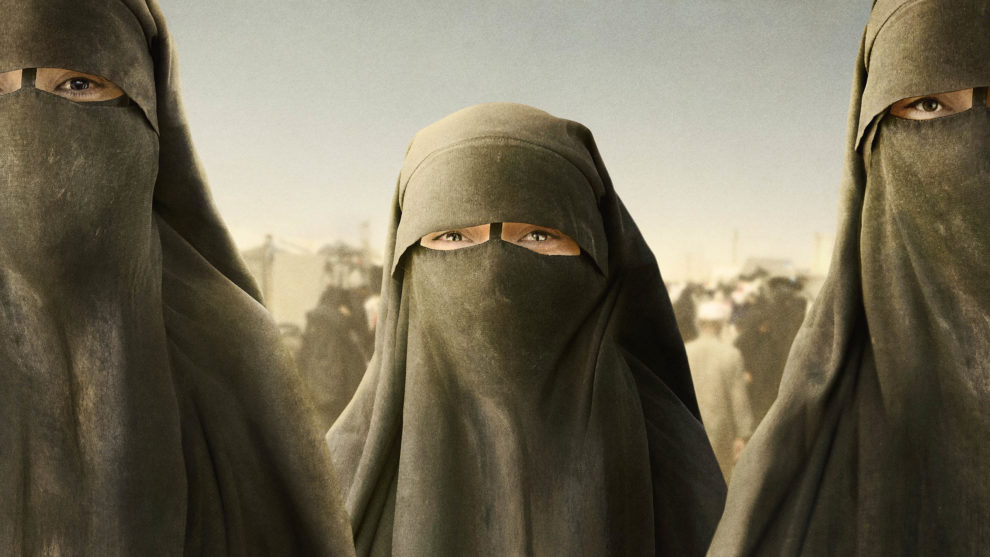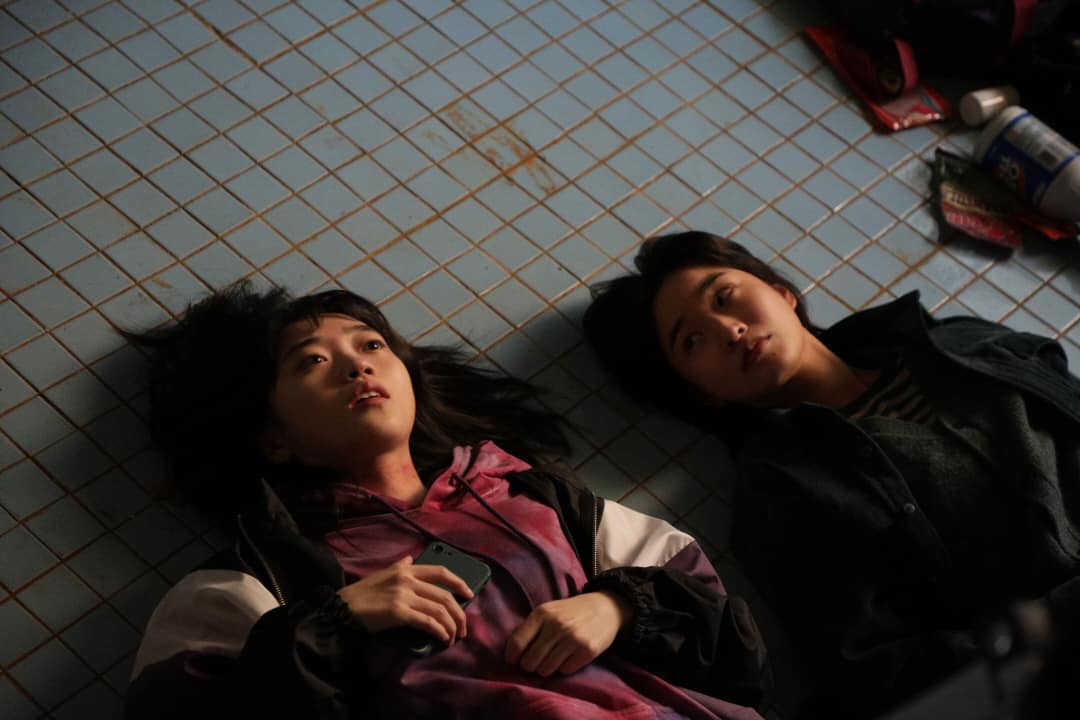This year's Sundance sees a remarkable range of refugee stories in their World Cinema Documentary Competition (three out of ten!) – and Swedish production “Sabaya” (Hogir Hirori)‘s silence stands out in the sea of voices. With no narration, minimal explanation, and completely confidential footage, “Sabaya” pushes the definitions of “documentary” to its limits.
Sabaya is screening at Sundance

“Sabaya” follows the courageous work of the Yazidi Home Center in Syria. The Center runs multiple operations. Mahmud and Ziyad — armed with only a gun, a van, and Whatsapp — regularly track down ISIS-owned, Yazidi sex slaves (“Sabaya”) in camp Al-Hol. At the Center proper, Mahmud's wife Siham and mother Zahra rehabilitate the traumatized victims with love and care. The saved girls then have a choice. They can look for and return to their original families (if the said families are still alive), or they can join the Center as infiltrators — and sniff out more Yazidi girls to liberate.

The premise is heroic, but Hirori's filmmaking is not. When the documentary opens with the shaky footage of a handheld camera – later revealed to be a shot taken from under a niqab – Hirori entices the viewer to think of the operation as a spy-like thriller. The sequences thereafter quickly dash these hopes; however, with the lack of voiceover and virtually text explanation, Hirori does little to set the scene for the viewer. This documentary is not a dramatized spectacle, or even a heroic tale. It is evidence of an operation bent on saving lives.
The raw footage says it all with Hirori's treatment of time. Though the film covers an unspecified amount, visual cues mark real transitions. In Leila's — a free'd girl — face, for example, she moves on from her pitch-black enslavement attire to a characteristic pastel head covering. Between horrific recounts of her “marriage” conditions, calm starts to settle over her worry lines. There is a note of circularity, however: the viewer realizes the sense of real bravado once the film reveals that, after the girls recover, some still return to the site of their trauma to save others like themselves. The film reads more like a continuous stream of one's video library than it does a polished piece.
Even with this silent attempt to continue showing, not telling, Hirori maintains the delicate balance of privacy. The camera deliberately looks away when Leila takes off her niqab; the camera too gazes upon her breakdown only in the company of others. Perhaps the most difficult part of the film is, however, when the camera meets Mitra- a seven-year old who was taken in as a sex slave when she was barely one. Unlike more detailed re-imaginings of refugee stories (like “Flee,” which is also in-competition here), Hirori's team dances around personal detail. Hirori preserves a phenomenal degree of respect for the girls, then, by deliberately not prodding into the girls' life stories and identities.
The “invisibility” of the author does feel nauseating at times, however. The consistent use of the handheld camera – especially when on the road – induces a sense of motion sickness more than it does urgency. And there is of course, a sense of vindictiveness that runs strong in the film. When the camera crew look to interrogate a captured ISIS member, Mahmud and the Center show no mercy. For while the ISIS prisoners of war live in decrepit conditions — a sea of soiled orange-uniformed men, almost on top of each other in this crowded prison — Mahmud stands his ground. Hirori too — a Kurd exiled by Iraqis — unflinchingly looks upon his Iraqi interrogantes, as well, coldly poising a high angle shot upon them in bald, fluorescent light.
Overall however, “Sabaya” is an honest documentary. For once, it is more about the content than it is about style; the documented, not the documenter, consistently remains the focus of the film. Hirori's invisible hand in his film is almost as clandestine as that of infiltrators — wherein the girls, not Hirori, tell the story.















